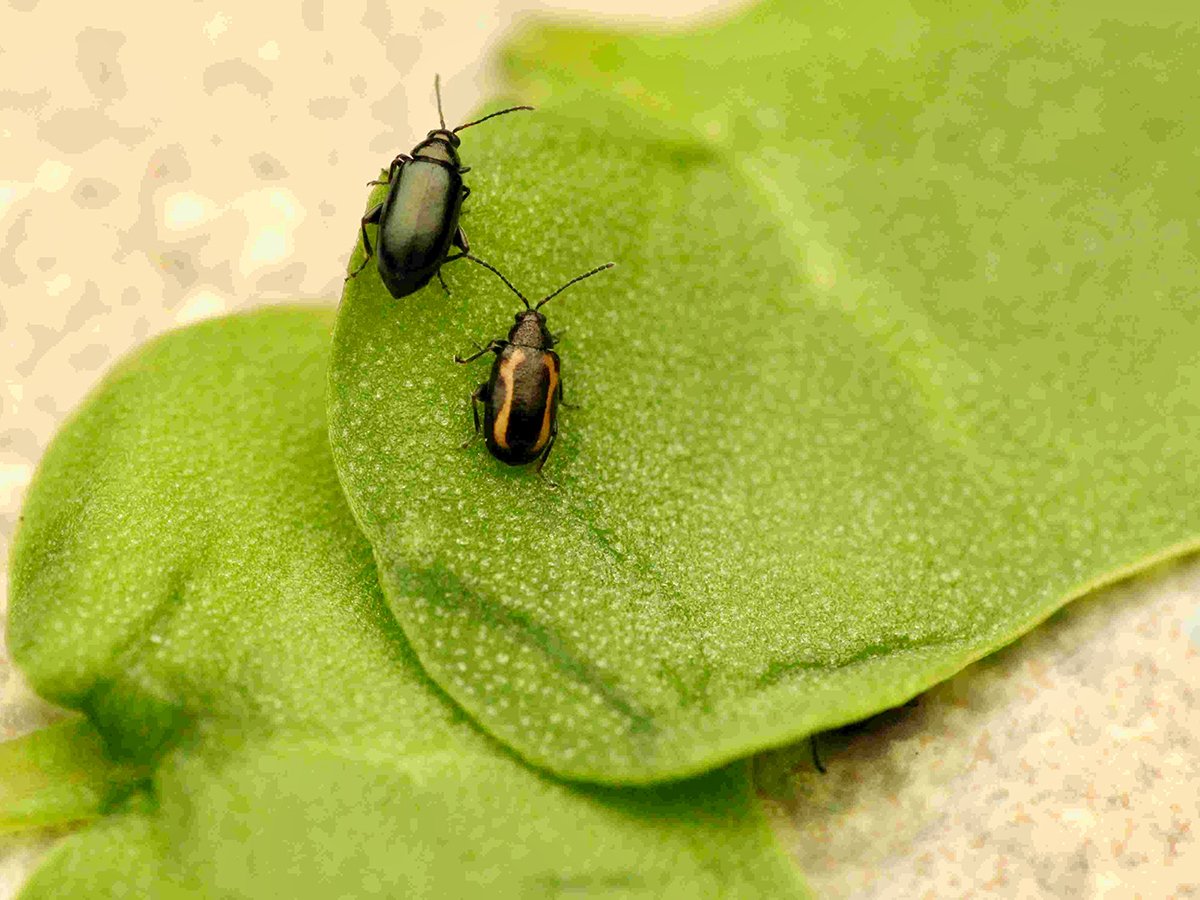OLDS, Alta. — Karen Liljebjelke’s veterinary students quickly grasp what she’s talking about when she describes how bacteria develop genetic resistance to antibiotics or disinfectants.
“There’s an app for that,” she said.
Unlike people and animals, bacteria do not need to mate to disseminate their DNA, which could include resistance genes.
“These genes are basically apps, and bacteria can acquire them, download them from the environment, other bacteria, closely related bacteria and sometimes not so closely related bacteria,” she said at an antimicrobial resistance workshop in Olds Jan. 27.
Read Also

Research looks to control flea beetles with RNAi
A Vancouver agri-tech company wants to give canola growers another weapon in the never-ending battle against flea beetles.
Controlling these organisms can be more difficult when they are residing in biofilm, which forms when a group of micro-organisms have cells that stick to each other on a surface.
Biofilm is a natural part of bacteria’s life and protects them from heat, dehydration and starvation.
Biofilm can be found in the soil, rocks, streams and the upper respiratory and gastrointestinal tracts. For example, plaque on teeth is a form of biofilm.
It can be tough as concrete and is extremely difficult to clean off.
Bacteria residing there that happen to have resistance genes can pass on this trait if they start to repopulate the surface. They could then be resistant to disinfectants or other sanitizing agents.
Biofilm creates a physical barrier, which disinfectants may not entirely penetrate. As a result, physical scrubbing may be required for food safety.
“Food-borne outbreaks have been traced back to listeria living in the biofilm,” she said.
Liljebjelke’s research into biofilm at the University of Calgary’s faculty of veterinary medicine took her to Alberta’s poultry farms and processing plants.
Biofilm and resistant bacteria were found in equipment made from a variety of materials.
Drinking nipples made of plastic, water lines, humidifiers and vaccine tubing were all susceptible.
They were also found on stainless steel surfaces and drains in processing plants.
“Biofilm loves stainless steel,” she said.
Liljebjelke and her team discovered that biofilms are mixed species communities. The most common were forms of E. coli, staphylococcus and streptococcus.
They found strains with multiple resistance to two or more classes of drugs, including those used in human medicine and veterinary applications.
Some showed resistance to medications that are no longer used in poultry.
Biofilms also exhibited resistance to disinfectants, but there may have been situations where the disinfectant did not completely penetrate the surface and remove the microbes.
This wide variety of multiple drug resistant species told the researchers that genetic exchanges are ongoing.
“It is no surprise the genes are out there, but it was a surprise that we had so much multi-drug resistance, which does suggest these things are on mobile genetic elements and are coming as packages from one bacteria to another,” she said.
barbara.duckworth@producer.com

















